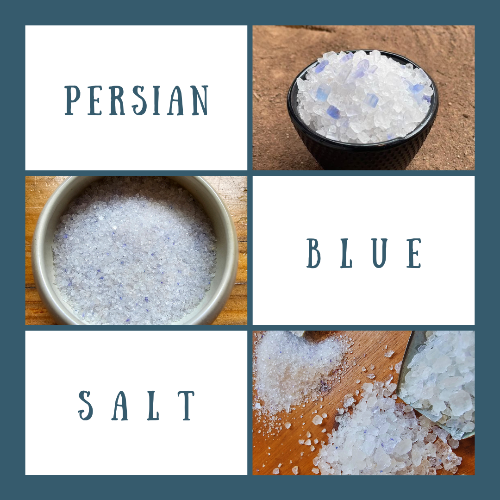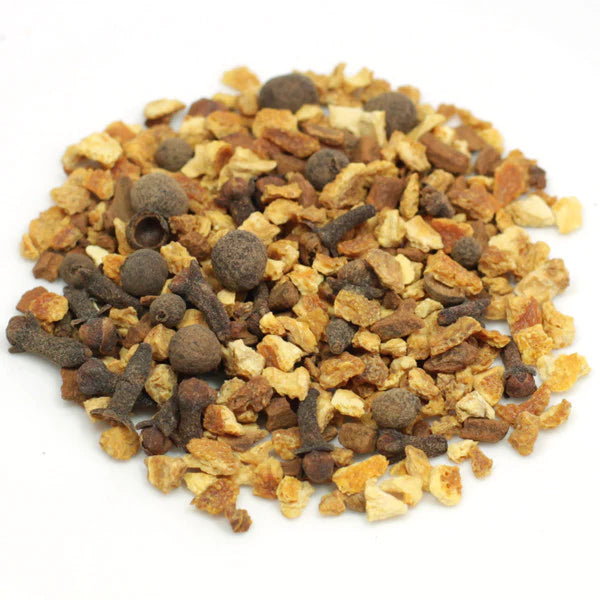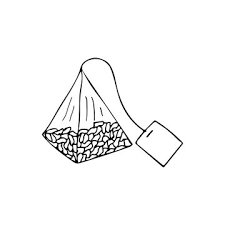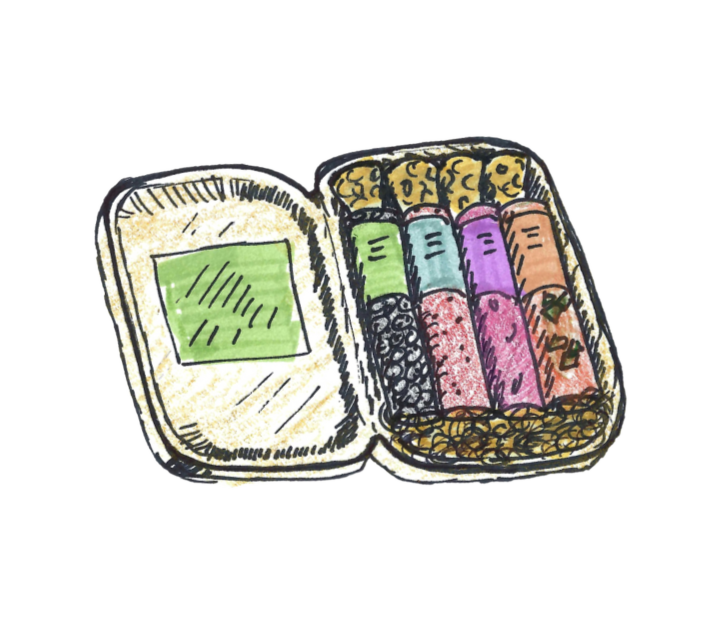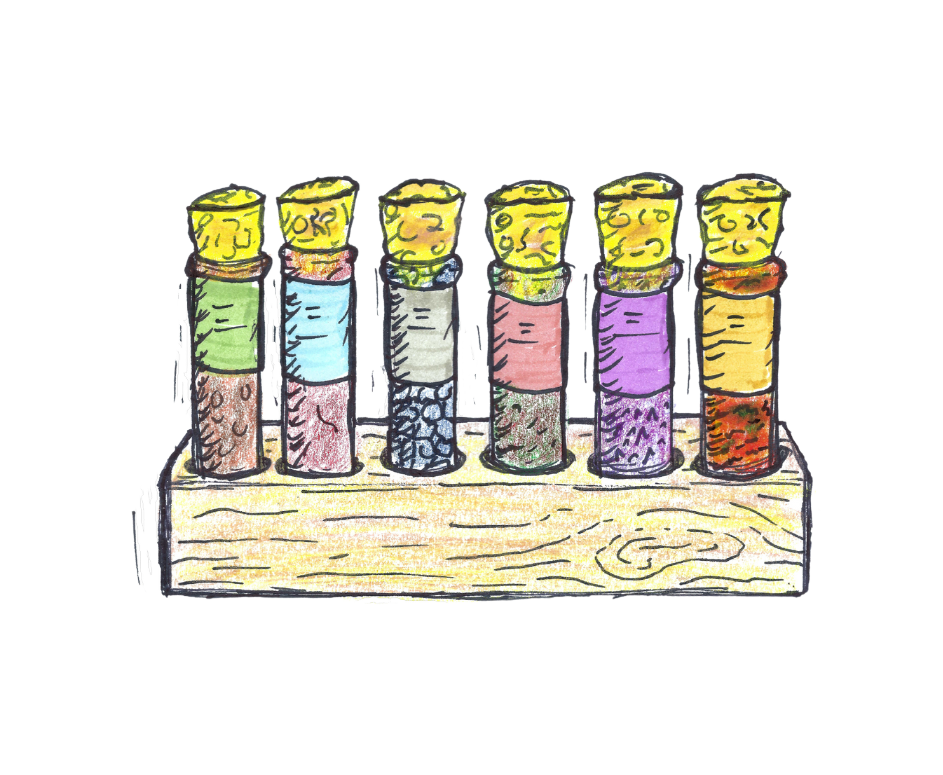When most people think of tea they think of crisp fall days and snowy winter nights. But as the weather slowly begins to warm up, the true season of tea is just starting.
Spring brings many things; flowers, rain, green, and tea! This is the season where tea harvesting begins all over the world.
Some estates start to harvest tea leaves as early as February, but March is when it really kicks off. This is when more of the premium teas are picked like Bai Hao Silver Needle. However, we’re going to focus on one particular type of tea.
The spring harvest (also known as 1st flush tea) is the biggest harvest for green teas. May seems to be the main month of green tea cultivation in China and Japan where some of our favorite green teas begin the process of market ready production.
For example, in Japanese tea estates, large shelf structures are built for the shading process of Gyokuro tea. The tea leaves will be shaded for three weeks before they are harvested, steamed, rolled, and then brought to the market. The result is a deep, complex flavor with an initial seaweed note followed by a pleasant sweet finish.


Our Organic Gyokuro (above) is imported directly from Kyoto, Japan.
Across the East China Sea, Chinese tea estates are competing with Japan over the well known Sencha tea. While Japanese Sencha is also shaded before it is still eventually steamed much like Gyokuro, Chinese Sencha seems to not have quite the same shading process.
Traditionally, Chinese green teas are pan fired in order to produce a more toasty flavor. Chinese Sencha is steamed just like it’s Japanese counterpart, but because of the differing shading process the flavor profile is a bit more vegetal than seaweed like and has a more earthy finish.
Both of these teas (and any other green tea) should be brewed in water no more than 170 degrees Fahrenheit and steeped for a maximum of two minutes. This is to ensure that the leaves do not have a chance to release any tannins which could make your cup of tea bitter in taste.

Organic Japanese Sencha from Kyoto, Japan

Organic Japanese Sencha from Kyoto, Japan
The health benefits of green tea mostly are attributed to the high amount of antioxidants it contains. None of these benefits have been evaluated by the Food & Drug Administration (FDA), but plenty of research shows that green tea could help with brain function, weight loss, and anti-aging.
Now, if you’re looking for something with a bit more flavor, try this Strawberry Fields green tea! Chinese Sencha makes up the base of this tea blended with organic papaya and organic strawberries for a deliciously fruity and slightly astringent cup. A perfect spring time beverage!


Sources:
Gyokuro: The Making of Japan's Finest Tea | The Fragrant Leaf Tea
Organic Chinese Sencha Green Tea | Divinitea





